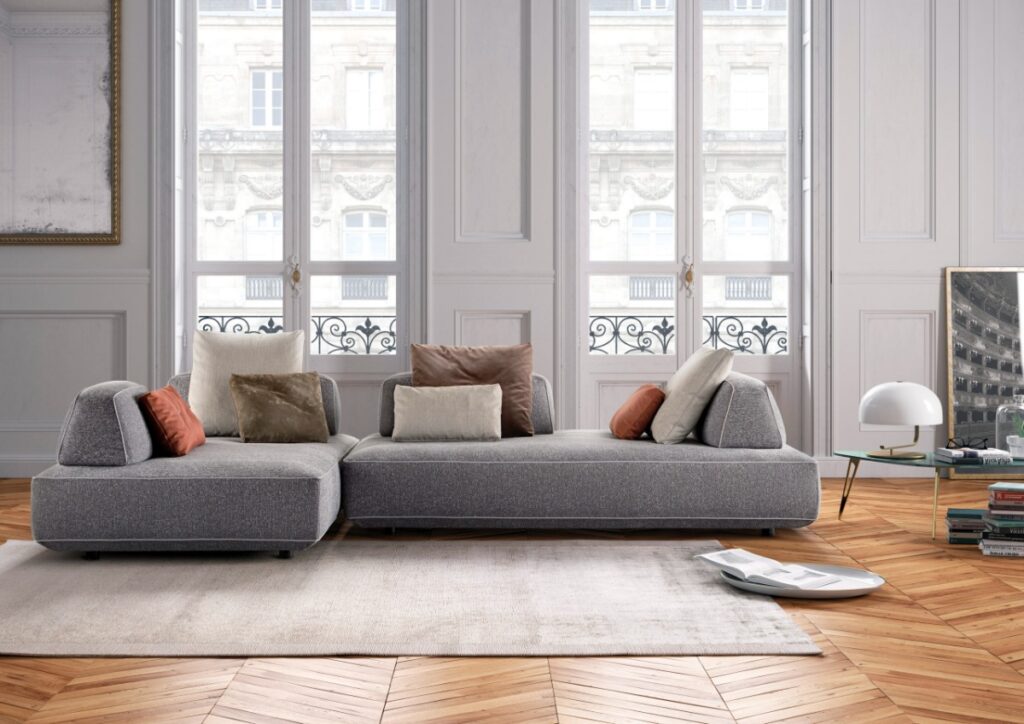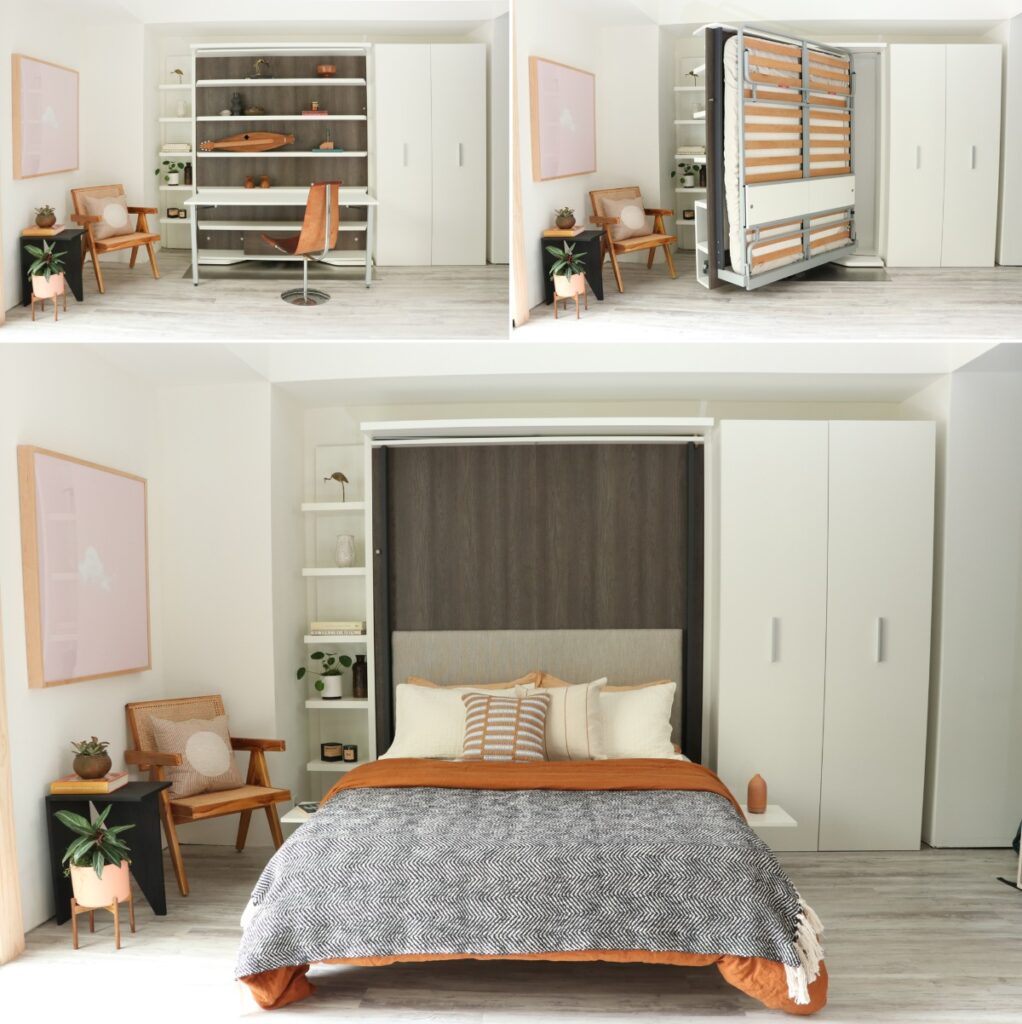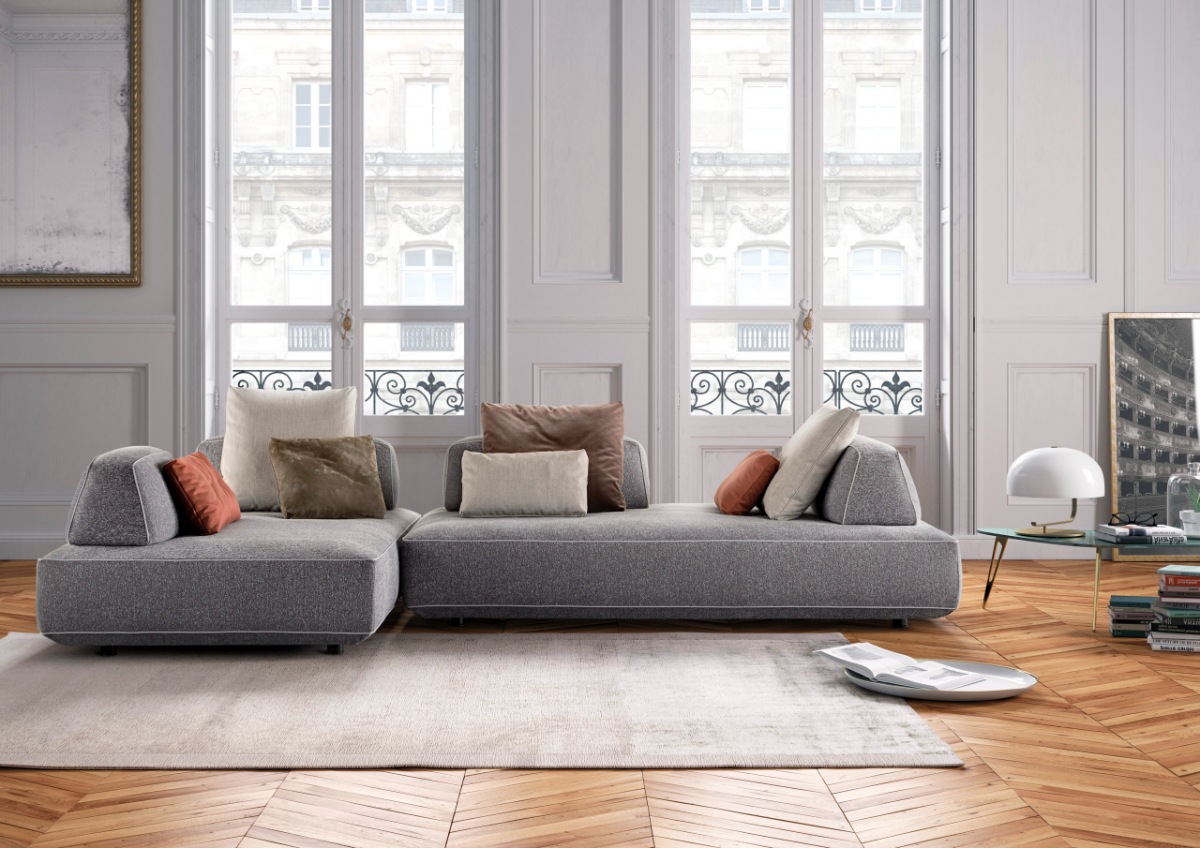
Home Design for a Post-Pandemic World
After more than a year of distancing and quarantining, we’ve all become better acquainted with our dwellings. In fact, identifying home improvement opportunities has become a bit of a national pastime. And while each of our homes is different, the chances are that you’ve experienced the need for greater flexibility from your space to accommodate the changing demands that have been placed on your home.
Last summer, Resource Furniture asked 131 architects and interior designers to share their experiences about working through the pandemic. The responses revealed that most clients want flexible spaces that can be used for multiple purposes: an all-in-one home office/study/guest room, for example. The concept of the ‘room’ is changing, as an increasing number of people recognize that single-purpose space – think formal dining room – no longer make sense. How might our bedrooms be put to better use during the 16 hours in the day that we’re not sleeping?

Creating flex spaces and maximizing square footage is easier when furniture can do more than one thing. With companies adopting hybrid work arrangements, and schools offering remote instruction, the need for double-duty furniture is clear. Pieces like the LGM, a queen-size wall bed that revolves on a track to reveal a built-in bookshelf and folding desk, are in demand by those requiring a permanent work from home solution. When the desk is in use, the bed stays hidden from view with no need to remove the bedding. At night, with the pull of a knob, the desk flips down, and the entire bookshelf pivots — books, décor, and all — revealing the bed.
Interest in home gyms — or at least enough clear floor space to allow for a decent workout — has also been on the rise. Again, wall beds offer a practical solution. With the right design, carving out additional space for a fully equipped gym is possible, even in a small condo.
“Solve for function first,” said one designer. “Rooms are for living in, so design decisions need to be able to support our clients’ lifestyle and goals.”
Requests for air filters, improved HVAC systems, and VOC-free furniture have also increased dramatically, as more consumers express concern about their indoor air quality.
“Previously, only a smaller group was conscious about indoor air quality and the VOC emissions coming from home décor products. Now, due to COVID, it’s become a significant factor in people’s buying decisions,” says Christopher Sinclair, Manager of Resource Furniture Toronto. “Clients are thrilled to hear our collections are CARB2 and TSCA Title VI compliant for formaldehyde emissions, meaning none of our products release toxic VOCs or have that noxious new furniture smell.”
Those surveyed also cited comfort as a high priority among their clients. With so much time spent indoors, it makes sense that we want our environments to be as welcoming and cozy as possible. That craving for comfort factors into many of today’s professional design choices: soothing colour palettes, ambient lighting, soft lines, and inviting textures can all evoke feelings of warmth, cheer and supreme comfort.

The designers’ survey also reported that many of their clients are more willing to invest in comfort items like bedding, mattresses, sofas and sectionals — an observation supported by Resource’s spike in sales for seating pieces like the Flex, a modular sofa with moveable backrests and reconfigurable bases.
Building in comfort goes beyond selecting the right furnishings, lighting and colours. Many designers stressed that investing in smart storage solutions goes a long way to making a home more comfortable. Having cabinets and closets to store personal possessions helps keep a clean, clutter-free environment, allowing you to enjoy your home the way it was intended. As with many trends accelerated by the pandemic, requests for custom cabinetry and built-ins are on the rise, as homeowners look to reinvest in storage spaces.
The past year has been one of uncertainty. Fortunately, our built environments remain in our control. With more than half of the surveyed designers expecting these trends to remain long after the pandemic, one thing is for certain: this year’s most successful home designs will be the ones that prioritize peace, comfort, and flexibility.
For more information on Resource Furniture and other interior design companies, visit Designers Walk. Located in the heart of Toronto’s prestigious Annex/Yorkville neighbourhood, Designers Walk is home to many of the city’s most preeminent Interior Design Showrooms.

